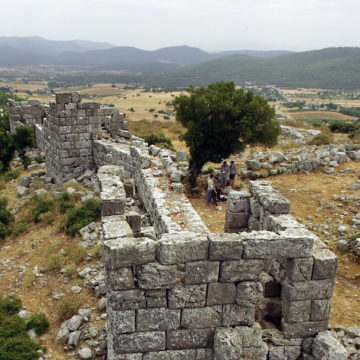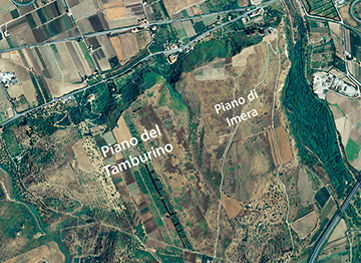Open Meeting – Swiss School of Archaeology in Greece – 2016
March 10, 2016 19:00.
Speakers: H.-R. Hodel (Swiss ambassador), K. Reber (director of the School), E. Mango (Bern University).
National Hellenic Research Foundation, 48 Vas. Constantinou, Athens.
The fieldwork of the Swiss School in 2016
Karl Reber, director of the Swiss School of Archaeology in Greece, will present the School’s fieldwork in 2015:
Eretria (Euboea): excavations in the gymnasium
Amarynthos (Euboea): excavations in the Artemision
Mazi (Attica): survey in the Mazi plain
Kiladha (Argolid): underwater survey near Franchthi cave
Lecture by Elena Mango (Professor at the University of Bern)
“Himera – Recent Research at a Greek Colony in Sicily”
Himera was an important ancient city in Sicily located about 50 kilometers east of Palermo. The city was founded by Chalchidian and Doric colonists from Zankle (Messina) and Syracuse in 649 BC and was razed to the ground by the Carthaginians in 409 BC. Thucydides referred to it explicitly as the only Greek polis on the Northern coast of Sicily. This unique geographic location as well as the ethnic and cultural context – in an indigenous environment and bordering on the Phoenician-Carthaginian area of influence – are fundamental elements for understanding the history of this city situated at the crossroads of various spheres of interest and make it a model case for the exploration of cultural contacts between three different cultures.
Prof. Dr. E. Mango of the University of Bern initiated a project in 2012 on invitation from and in collaboration with the Archaeological Park of Himera. It aims to investigate a widely unexplored area of the city, the Piano del Tamburino. The plateau overlooking the lower town is located to the west of the Piano di Imera, known for its important remains of the Athena sanctuary and urbanistic layout of the city. The exploration of this 30ha wide area employing a wide range of interdisciplinary methods is of vital importance for understanding the development of the colony and the function this part of Himera played within the ‘system’ of the city as a whole. It will contribute to defining the position, role and importance of Himera in relation to other Greek colonies in Siciliy.
Preliminary reports of the campaigns 2012-2014 have been published in the journal Antike Kunst: AntK 56, 2013, 79-83; AntK 57, 2014, 152-161; AntK 58, 2015, 203-208.

